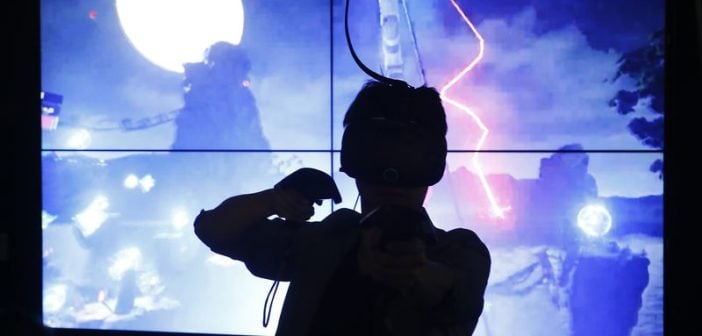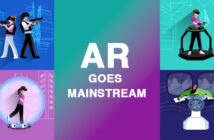Expectations vs. Reality (Virtual Reality)
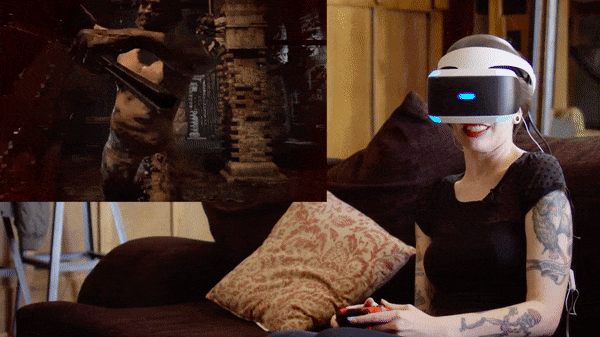
Virtual Reality
2017
EXPECTATIONS: Going into 2017
Virtual Reality is unquestionably a gaming technology first and foremost. The most expensive and technologically advanced systems have an almost total focus on serving the hardcore gamer market. So the number one priority for the titans of Reality is to carry on winning round game developers and players to prevent the juggernaut from stalling.
In that long term, VR needs to be more than an accessory for development. Back in 2014, Mark Zuckerberg targeted an install base of 50m to 100m Oculus headsets in the device’s first decade. Which is equal to the total sales of the Playstation 4 and Xbox One combined, for a device which currently needs a PC to run it that costs more than a PS4 and Xbox One combined.
Zuckerberg bought Oculus with the stated intention of offering far more than just better video games. “Imagine enjoying a court side seat at a game, studying in a classroom of students and teachers all over the world or consulting with a doctor face-to-face – just by putting on goggles in your home,” he wrote in the post announcing the company’s acquisition.
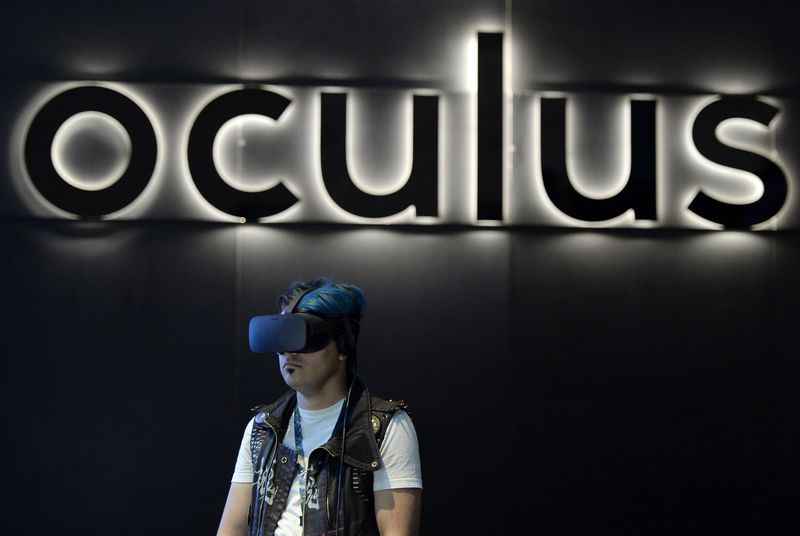
Oculus Virtual Reality
If VR is going to become the next major computing platform, pushing mobile phones aside the way they left desktop PCs lagging in their wake, 2016 will be the crunch point: platforms like Google’s Daydream, and whatever Oculus offers as the follow-up to Gear VR, need to arrive with the same pop that tethered VR entered in the past year. More, they need a compelling reason for those who don’t care about gaming to buy in, be that experiences like 360-degree video, or social platforms like those Facebook wants to build.
REALITY: What Happened in 2017?
VR proved itself in 2017. The industry is expected to generate $2.2 billion this year, and there are three mainstream headsets on the market. A handful of popular devices for mobile VR and dozens of cheap knock-offs lining the shelves of Target and Walmart. Sony is leading the pack when it comes to tethered headsets: It’s sold 2 million PlayStation VR devices since their debut last fall, handily outstripping estimated sales of the HTC Vive and Oculus Rift — combined.
However, these numbers can’t compete with sales of mobile VR headsets like Google Cardboard, Daydream View or Samsung Gear VR. Google has shipped more than 10 million Cardboard headsets since 2014, and it’s estimated to have sold between 2 million and 3.5 million Daydream devices in 2017 alone. Meanwhile, Samsung is on track to sell as many as 6.7 million Gear VR headsets this year, according to analysts.
One reason mobile VR has exploded, while the Vive and Rift have seen sluggish sales, is accessibility. The Vive and Rift are not only priced higher than other headsets — Daydream View is $100 while the Rift is $400, for example — but also require high-end PCs, easily raising the cost of entry above $1,000.

Google Virtual Reality
That’s all about to change. The second generation of VR is on its way, and there are a lot fewer cables involved. Standalone VR is the next step, removing the PC (or the smartphone, for that matter) from the equation entirely.
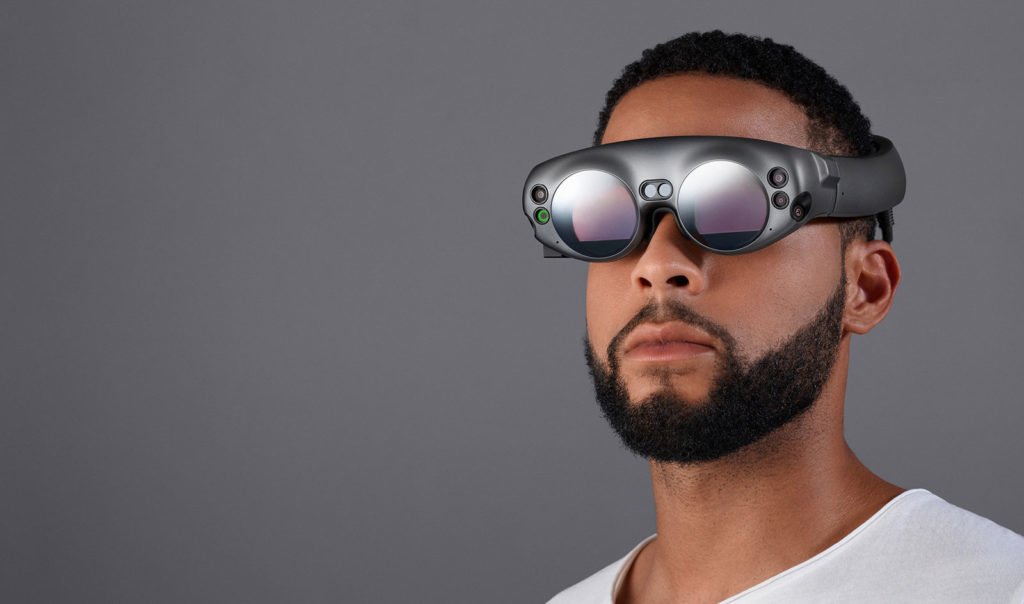
Future of Virtual Reality
Consumer VR begins a turnaround
Right now, most of the volume in consumer VR is being driven primarily by Sony’s PSVR platform, which runs on the PS4. Currently, there are roughly 2 million PSVRs in the wild and counting. As of this month, Sony has sold over 70 million PlayStation 4 consoles, so there are still a lot more potential customers of Sony’s PSVR (currently selling at a very attractive holiday price of $189, bundled with a game and camera). Sony is trying to seed the market this holiday season, with a PS4 and PSVR combo going for less than the original $399. Oculus did the same on the PC front, with its $349 summer price cut—the company was able to sell a lot of units and significantly narrow the gap between itself and HTC Vive.
Progress in professional and enterprise VR
While all that craziness was happening in the consumer segment, the professional and enterprise VR market continued to grow rapidly. Enterprise VR is slowly beginning to gain attention from the broader market, as I wrote about back in August during SIGGRAPH. The software and hardware developments this year have helped significantly elevate the position of VR in the enterprise. Furthermore, investments are continuing to roll in for location-based VR experiences around the world. Earlier this year, AMC cinema group invested $10 million in Dreamscape Immersive, and committed another $10 million to fund VR content (including opening six VR centers in North America and the U.K.). These are in addition to the IMAX VR centers that have already opened to much fanfare in Los Angeles and Toronto.
Microsoft jumps into the game
2017 also heralded the arrival of Microsoft’s Windows Mixed Reality headsets. Windows Mixed Reality didn’t make much of a splash, and still has a lot of room for growth as a platform—I believe Microsoft will likely need to relaunch with its next batch of Mixed Reality content. I think this is a good thing for both Microsoft and Valve, so both companies can focus on their respective strengths and which users they know best. The downside is that there’s currently no way to visualize Excel tables in VR or make VR PowerPoints.
In conclusion
The first half of 2017 was a bit of a struggle, with the industry still trying to shed a lot of doubt and uncertainty leftover from 2016. However, VR really came alive the second half of the year, with a lot of headsets and content making waves. The holiday season, with all of its cost-saving deals, will likely be the cherry on top in regards to hardware sales, unit totals, and content sold. It will still be some time until we know the final 2017 figures, but I suspect they’ll surpass many people’s expectations—setting the bar fairly high for 2018.
2018
EXPECTATIONS
In 2018, that dynamic will change with the release of several standalone VR systems. Get ready for VR 2.0–an evolution that could help the technology fulfill some analysts’ predictions of it becoming a $38 billion industry by 2026.
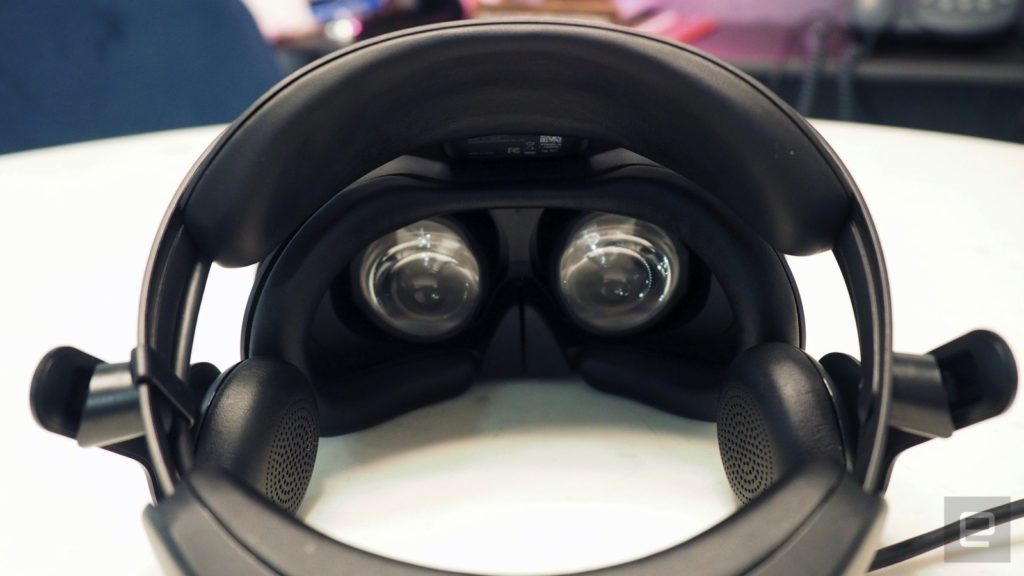
Virtual Reality Headset
Though VR has the ability to connect people across continents and express powerful, emotional experiences in more-immersive ways than ever before, those bulky headsets simply aren’t appealing. VR hardware — dense visors with unwieldy straps and thick lenses — physically separate the user from the real world. Wearing a VR headset is akin to voluntarily strapping on a blindfold; it feels vulnerable. Plus, it looks weird.
The way a product makes people feel is difficult to quantify and even harder to design around, but it’s incredibly important to the success of any new tool. Abrash (Chief scientist, Oculus rift) knows this. Oculus knows this. Facebook, Oculus’ parent company, knows this too, as do other major tech manufacturers like Google, Apple and HTC. And it’s one reason AR is the future rather than VR.
“We all know what we really want: AR glasses,” Abrash said in April. “They aren’t here yet, but when they arrive, they’re going to be one of the great transformational technologies of the next 50 years.”
However, just because VR is DOA doesn’t mean the industry will disappear anytime soon. In fact, major VR manufacturers are already preparing their users for the day VR is indistinguishable from AR — when those thick plastic headsets will transform into stylish, clear lenses projecting virtual worlds atop the physical plane, with the option to block out reality completely in favor of an immersive experience.
Despite the relative lack of wires in the coming generation of VR headsets, the hardware itself is still bulky and strappy, and it blocks the user’s eyes — an unmarketable sin, according to Abrash. VR lacks elegance, and this factor likely keeps out another major technology manufacturer, Apple, whose $900-billion brand is dependent on producing meticulously designed products. Apple hasn’t demonstrated an interest in building VR hardware, though it’s rumored to be working on an AR headset due to be announced in 2019.
“My own view is that augmented reality is the larger of the two, probably by far, because this gives the capability for both of us to sit and be very present talking to each other but also have other things visually for both of us to see,” Apple CEO Tim Cook said in late 2016.
VR and AR are following different paths to the same conclusion: a combination of VR and AR that makes humans more intelligent, capable and informed. That looks a lot like Microsoft’s mixed reality dream, if we’re being fair.
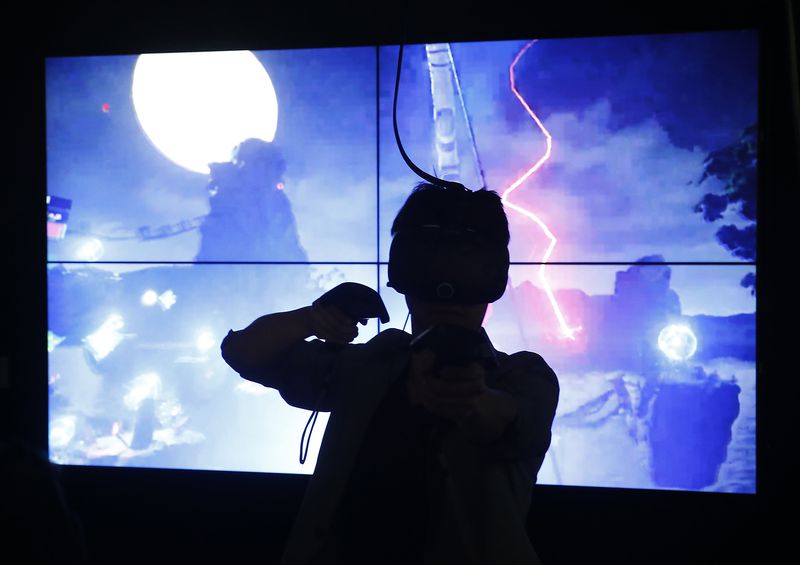
2018 Reality
By the professional
JESSE SCHELL

CEO of SCHELL Games
- Through 2018, overheating VR phones will still be a problem. Freezing them will be common.
- By the end of 2018, a major new VR-centric game genre will appear.
- Madden 2018will have a VR edition.
- At the end of 2018, there will be at least three movies playing on fears of VR.
- By the end of 2018, Comcast will have a VR channel
- Close of 2018, there will be a leading VR social platform, and it won’t be the old guard.
Predictions above are excerpts from this UploadVR article.

